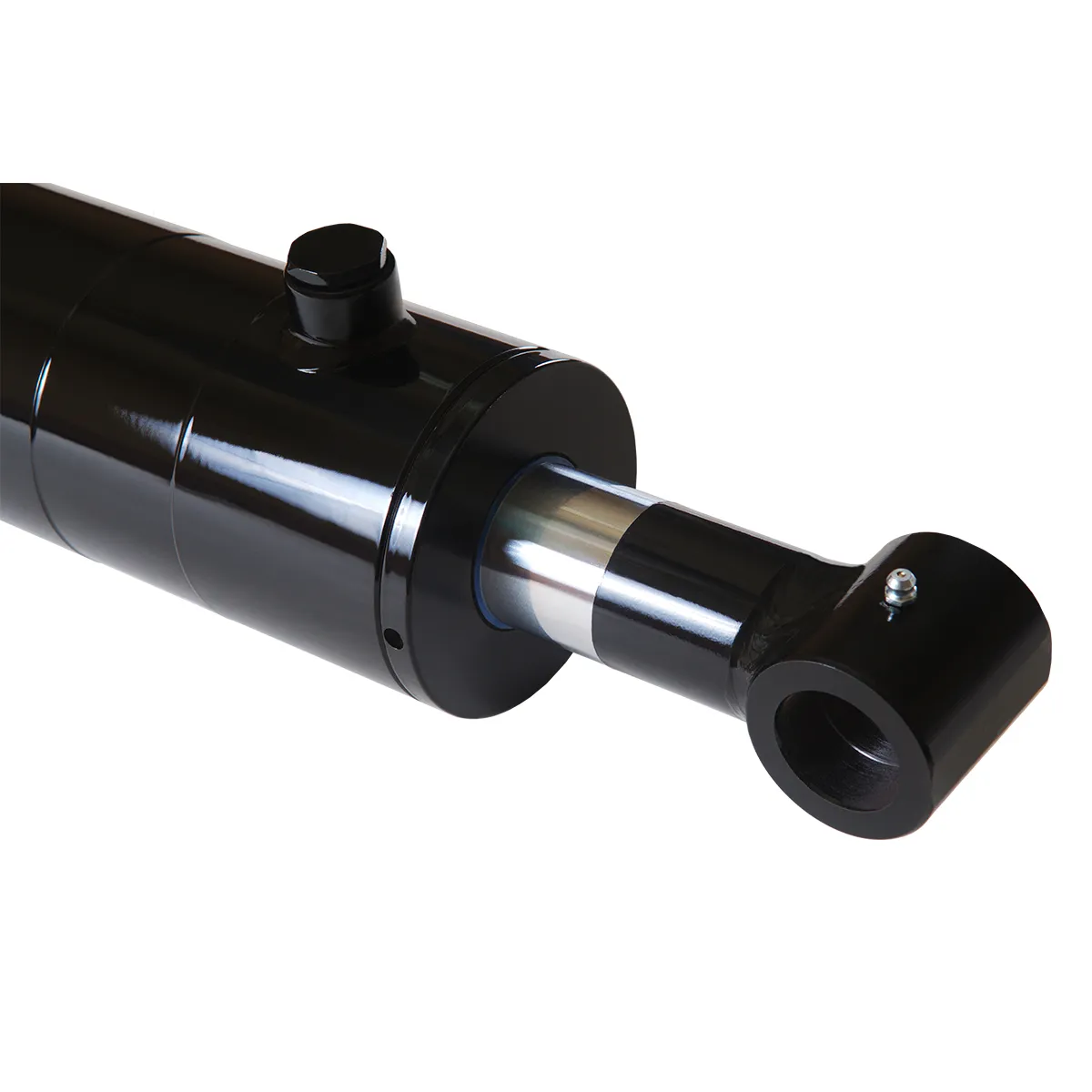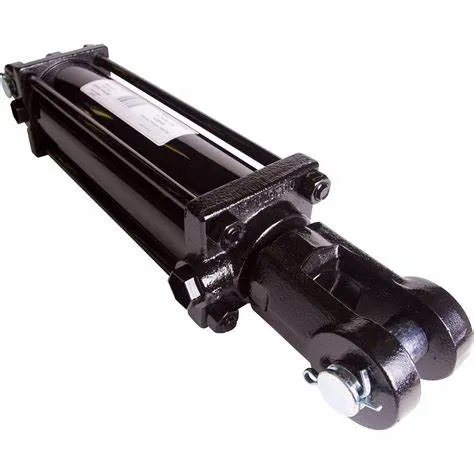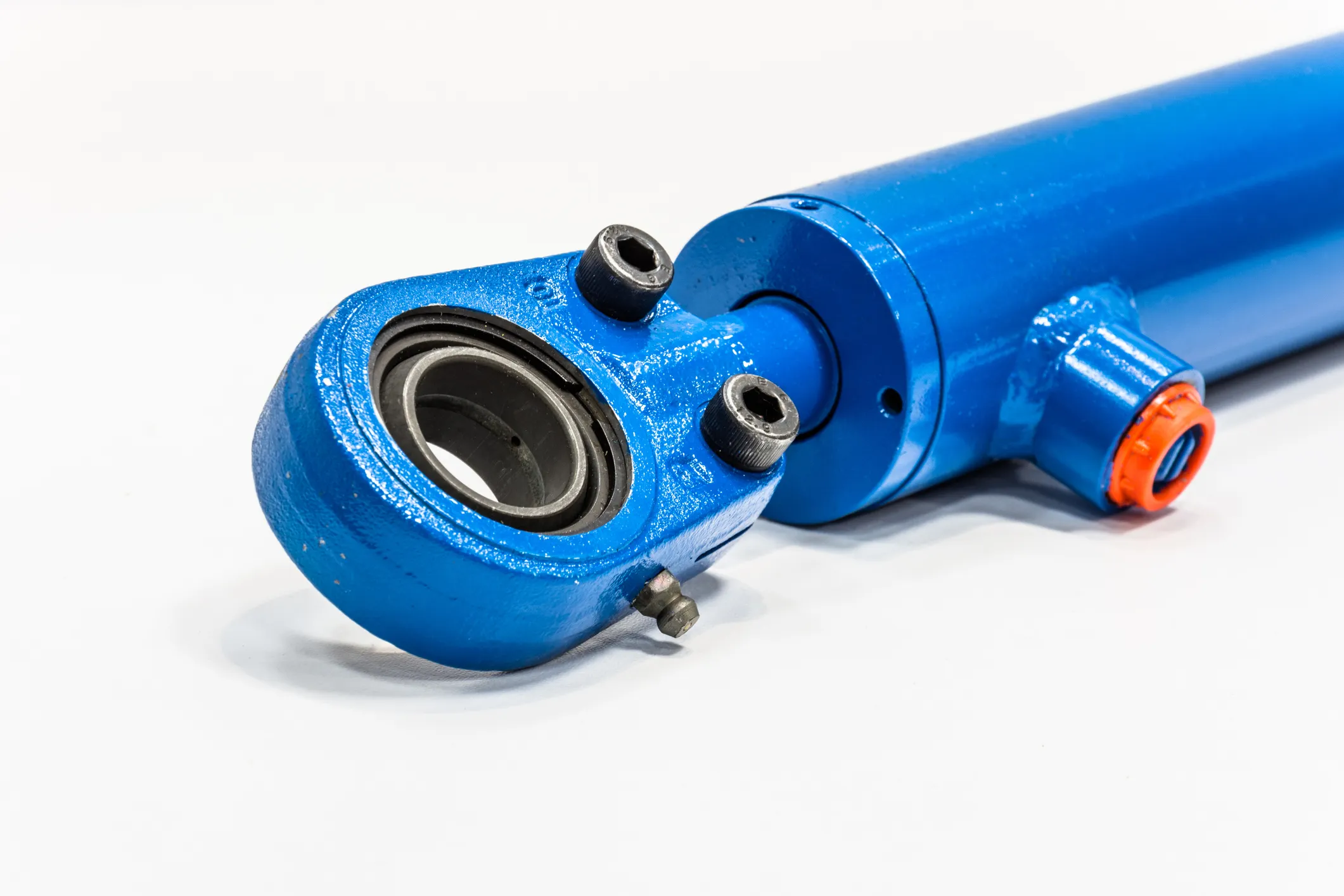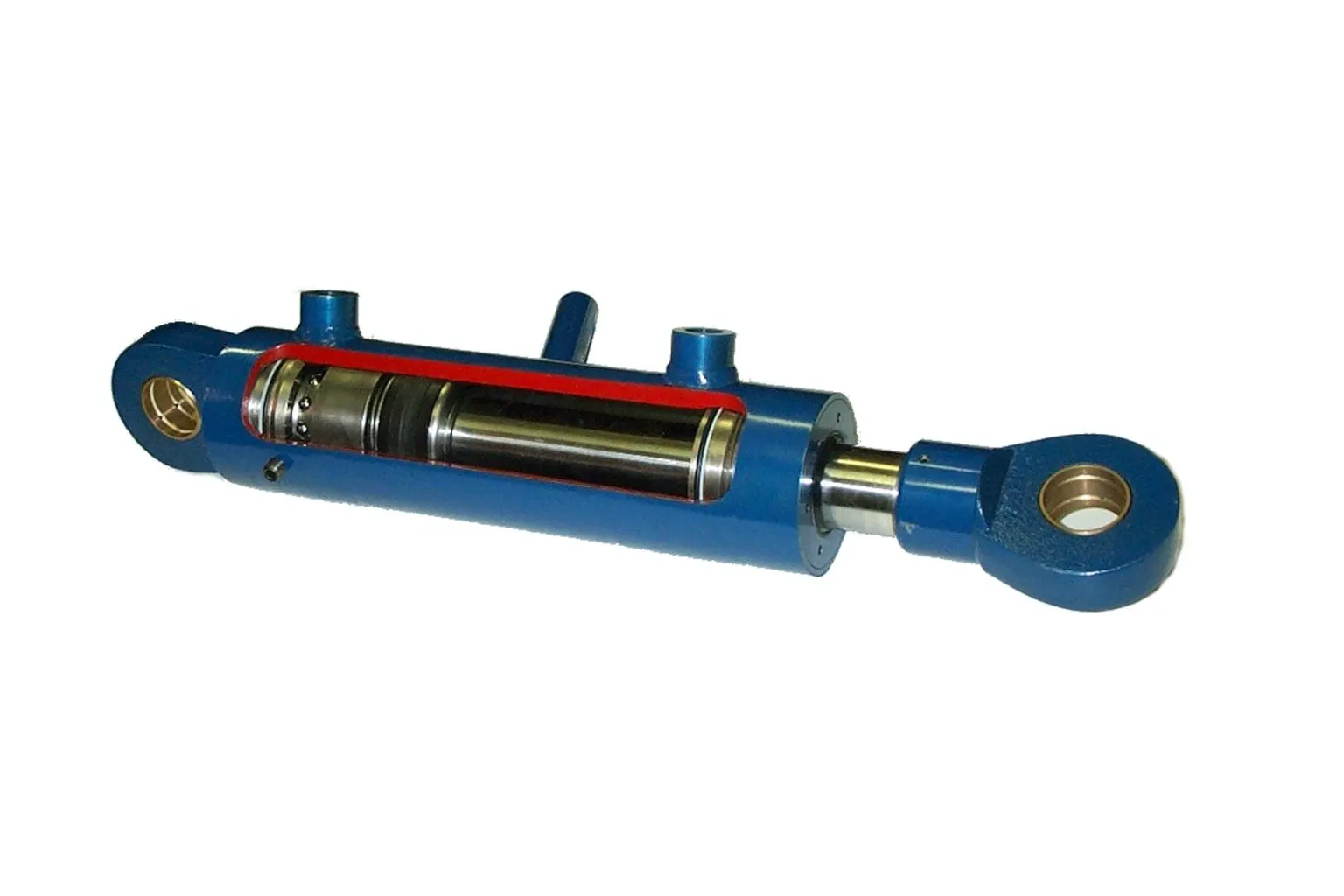The Role of Magnetic Welded Hydraulic Cylinders in Hydraulic Systems
When it comes to hydraulic systems, the use of magnetic welded hydraulic cylinders is essential for ensuring precise control and efficient operation. These cylinders incorporate advanced magnetic sensing technology to enhance performance and reliability. Let’s delve into the key aspects of magnetic welded hydraulic cylinders to gain a better understanding of their design, construction, working principle, advantages, applications, and maintenance considerations.
Design and Construction Characteristics
1. Integration of Easy Magnetic Sensor:
The magnetic welded hydraulic cylinder features a built-in magnetic sensor that enables contact-free position detection, improving positioning accuracy and reaction speed.
2. Welded Structure:
Utilizing a welded process to connect various parts enhances the strength and durability of the cylinder, making it suitable for high-pressure and harsh environment work.
3. Compact Design:
By incorporating magnetic sensors, these cylinders can be designed to be more compact, saving space and making them ideal for applications with limited space constraints.
4. Sealing Performance:
Excellent sealing materials and structures are integrated into the design to prevent liquid leakage and enhance the reliability and safety of the hydraulic system.
Construction Characteristics
1. Precision Machining:
During the manufacturing process, the cylinder block and components undergo precision machining to ensure assembly accuracy and sealing integrity.
2. Welded Process:
Advanced welding technology is employed to create strong and durable welded joints, preventing failures under high pressure conditions.
3. Testing and Verification:
After construction, rigorous performance testing, including pressure testing and position accuracy verification, is conducted to validate the functionality of the hydraulic cylinder.
4. Customization:
Design and construction can be customized to meet specific application requirements and environmental conditions, ensuring optimal performance.
Working Principle
At the core of magnetic welded hydraulic cylinders lies their ability to transfer force through a liquid medium, resulting in piston movement that performs the necessary workload. The sealing system ensures pressure is maintained, and pressure release mechanisms prevent overloading or system failures.
Types and Configurations
There are three main types of magnetic welded hydraulic cylinders, each designed for specific applications and performance requirements. These include single-acting cylinders, double-acting cylinders, and telescopic cylinders, each offering unique advantages and capabilities.
Top Five Advantages

1. Precise Positioning:
Magnetic induction technology improves accuracy and reduces wear in applications requiring precise positioning.

2. Reduced Wear:
Non-contact sensing minimizes component wear, prolonging the lifespan of the hydraulic cylinder.
3. Compact Design:
Compared to traditional cylinders, magnetic welded cylinders offer space-saving benefits, making them ideal for confined spaces.
4. Durability:

The welded construction enhances the strength and longevity of the cylinder, ensuring reliable performance in demanding environments.
5. Sealing Techniques:
Advanced sealing methods prevent leakage and contamination, maintaining system integrity and efficiency.
Industries Where Magnetic Welded Hydraulic Cylinders Are Used
1. Industrial Automation:
Robotic systems and assembly lines benefit from the precision and reliability of magnetic welded hydraulic cylinders.
2. Material Handling:
Applications in forklifts and conveyor systems rely on these cylinders for efficient movement and control.
3. Construction Equipment:
Precise motion control in heavy machinery is achieved through the use of magnetic welded hydraulic cylinders.
Design Considerations and Selection Criteria
When selecting magnetic welded hydraulic cylinders, factors such as bearing capacity, sealing efficiency, durability, safety features, and ease of maintenance should be carefully evaluated to ensure optimal performance and longevity.

Sealing and Lubrication
Utilizing high-quality seals, such as piston seals and rod seals made from wear-resistant materials like polyurethane and nitrile rubber, ensures reliable performance and longevity. Proper lubrication with hydraulic oil is essential to reduce wear and maintain smooth operation.
Regular Inspection and Preventive Maintenance
To prolong the lifespan of magnetic welded hydraulic cylinders, regular inspection and maintenance are crucial. This includes checking for leaks, ensuring proper lubrication, and replacing seals as needed to prevent system failures.
Installation Guide
Proper installation of magnetic welded hydraulic cylinders is essential for optimal performance. Ensure correct alignment, secure mounting, and proper connection to the hydraulic system to avoid potential issues and ensure efficient operation.
Maintenance Tasks
1. Regular Inspection:
Periodic checks for leaks, damage, and wear are essential to identify potential issues early and prevent system failures.
2. Proper Lubrication:
Regularly replenishing hydraulic oil and ensuring proper lubrication of moving parts helps reduce friction and wear, extending the lifespan of the cylinder.
3. Seal Replacement and Calibration Inspection:
Replacing worn seals and calibrating the system as needed ensures optimal performance and prevents leaks or system malfunctions.
Safety Considerations and Environmental Factors
When working with magnetic welded hydraulic cylinders, prioritizing safety measures and considering environmental factors is crucial. Proper training, maintenance, and monitoring are essential to prevent accidents and minimize environmental impact.
Fault Diagnosis and Common Problems
Despite their reliability, magnetic welded hydraulic cylinders may encounter issues such as leaks, seal failures, or sensor malfunctions. By understanding common problems and implementing proper diagnostic procedures, these issues can be quickly identified and resolved to ensure uninterrupted operation.
FAQs
1. How do magnetic sensors work in these cylinders?
Magnetic sensors detect the position of the piston without physical contact, providing accurate feedback for precise control and positioning.
2. What are the main advantages of using magnetic welded hydraulic cylinders?
The main advantages include enhanced accuracy, reduced wear, compact design, improved durability, and reliable sealing performance.
3. In which industries are these cylinders commonly used?
Magnetic welded hydraulic cylinders are widely used in industries such as industrial automation, material handling, and construction equipment for their precision and reliability.
Long Tail Keywords
1. Magnetic Welded Hydraulic Cylinder Precision Positioning Technology
This long tail keyword highlights the precision positioning capabilities of magnetic welded hydraulic cylinders, offering superior control and accuracy in various applications.
2. Advanced Sealing and Lubrication in Magnetic Welded Hydraulic Cylinders
Exploring the advanced sealing and lubrication techniques used in magnetic welded hydraulic cylinders, ensuring smooth operation and system integrity.
3. Magnetic Welded Hydraulic Cylinder Maintenance and Troubleshooting Guide
This keyword focuses on maintenance and troubleshooting tips for magnetic welded hydraulic cylinders, offering insights into prolonging their lifespan and ensuring optimal performance.
Company Focus
We are a leading hydraulic cylinder replacement manufacturer with a comprehensive product line catering to domestic and international markets. Our commitment to quality, innovation, and customer satisfaction has positioned us as a trusted provider of hydraulic solutions.
With professional expertise, international certifications, customizable services, state-of-the-art production facilities, and dedicated after-sales support, we strive to deliver superior hydraulic cylinders that meet the diverse needs of our customers.
Author: lyl
